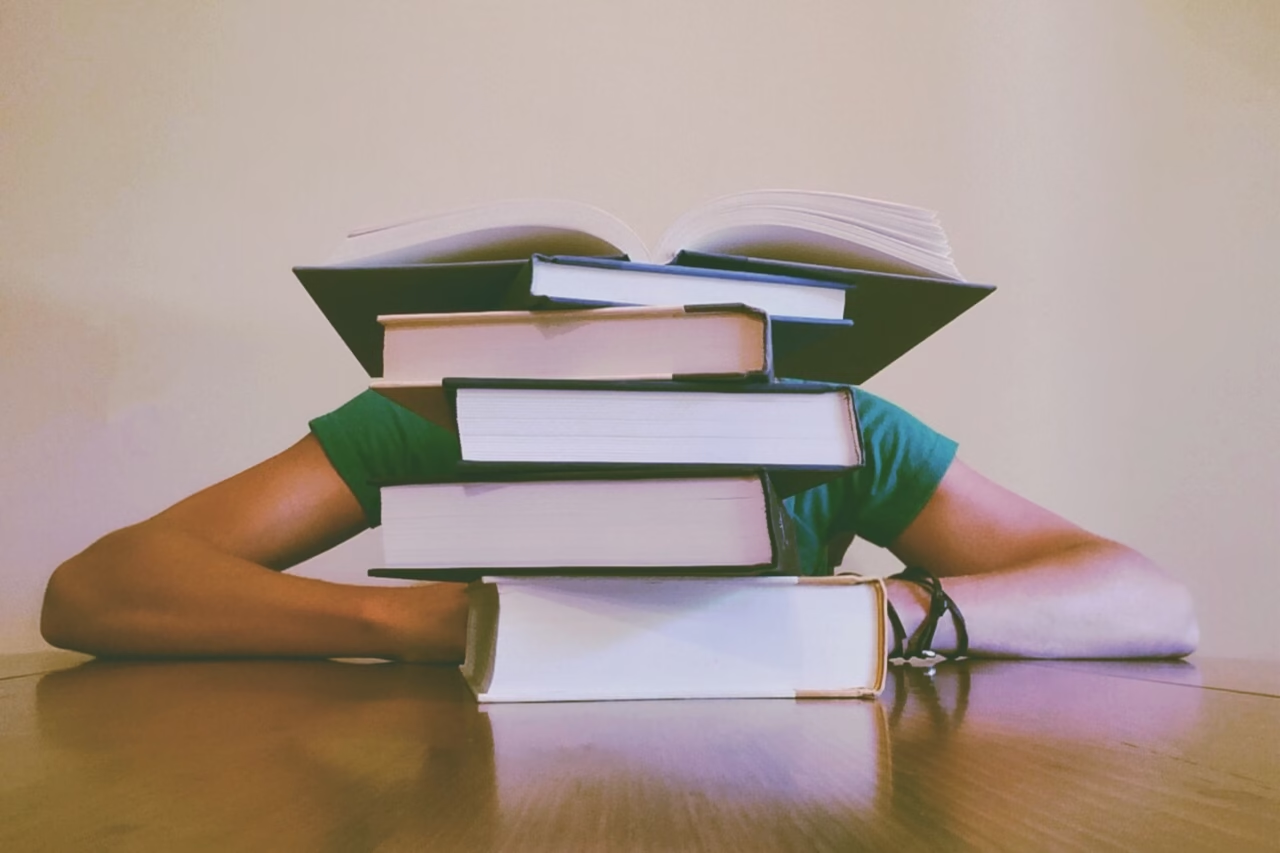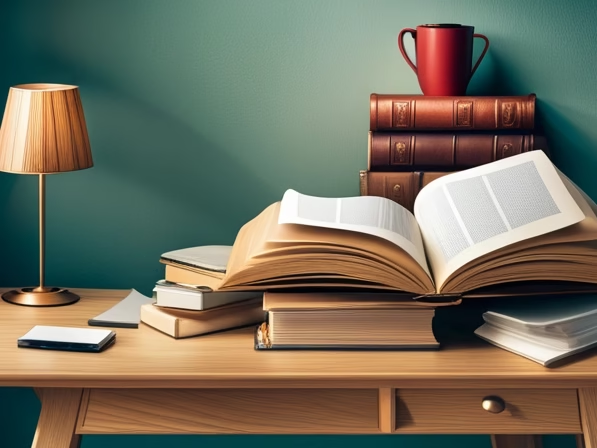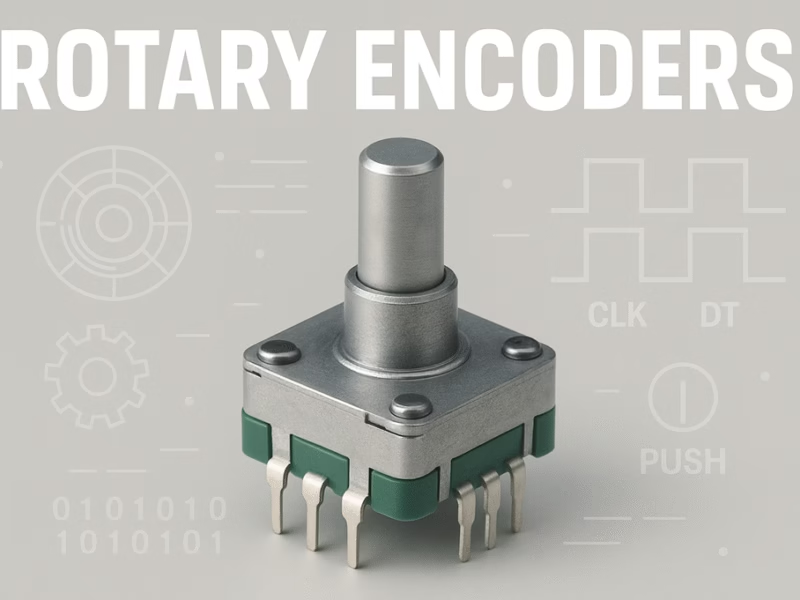Dissertation Appendix | Tips and Example
Under construction
Dissertation Conclusion | Tips and Example
This article is part of an educational series on dissertation writing, which aims to provide guidance on how to write an Conclusion chapter. Typically, the Conclusion chapter follows the Results and Discussion sections By following these guidelines, students and researchers can ensure that this chapter is well-structured and informative.
Dissertation Discussion | Tips and Example
This article is part of an educational series on dissertation writing, which aims to provide guidance on how to write an Discussion chapter. Typically, the Discussion chapter follows the Results and precedes the Conclusion. By following these guidelines, students and researchers can ensure that their dissertation Discussion chapter is well-structured ...
Dissertation Research Results | Tips and Example
This article is part of an educational series on dissertation writing, which aims to provide guidance on how to write an effective results chapter for your research. Typically, the results chapter follows the methodology chapter and precedes the discussion and/or conclusion. By following these guidelines, students and researchers can ensure ...
Dissertation methodology | Tips and Example
When creating a methodology for research findings, it is vital to have a comprehensive and detailed description of the process used to support your conclusions. This includes outlining the techniques employed and providing a clear explanation of how the results were obtained. Furthermore, a well-written methodology should not only outline ...
Dissertation Literature Review | Tips and Example
Literature reviews are typically the second chapter of a dissertation, following the Introduction. This guide will provide an overview of what literature reviews are and offer insights into the structure and format of literature reviews in the humanities, social sciences, and sciences.
Dissertation Introduction | Tips and examples
The introduction is the first chapter of your dissertation and is typically located immediately after the table of contents or list of figures/tables/abbreviations. It can be a challenging aspect of the dissertation writing process, and it can be difficult to know what information should be included. This guide is intended ...
Dissertation List of Abbreviations | Tips and Example
The list of abbreviations is part of the series on how to write your dissertation and it goes directly after your table of content. It compiles all the abbreviations and acronyms that you used in your dissertation along with their meanings. These lists are not mandatory, you may want to include ...
Dissertation Figure and Table List | Tips and Examples
This list should include all figures or tables used in the document, along with their captions and corresponding page numbers. While these lists are not required, they can make the overall document more organized and easy to navigate. Additionally, be sure to provide descriptive captions for each figure or table, ...
Dissertation Table of Content | Tips and Example
The table of contents (ToC) is located between the abstract and introduction of your dissertation. It includes all chapters and section headers of your document, along with their corresponding page numbers. To keep it clear and readable, it should not exceed two pages in length. If you find that it ...
















